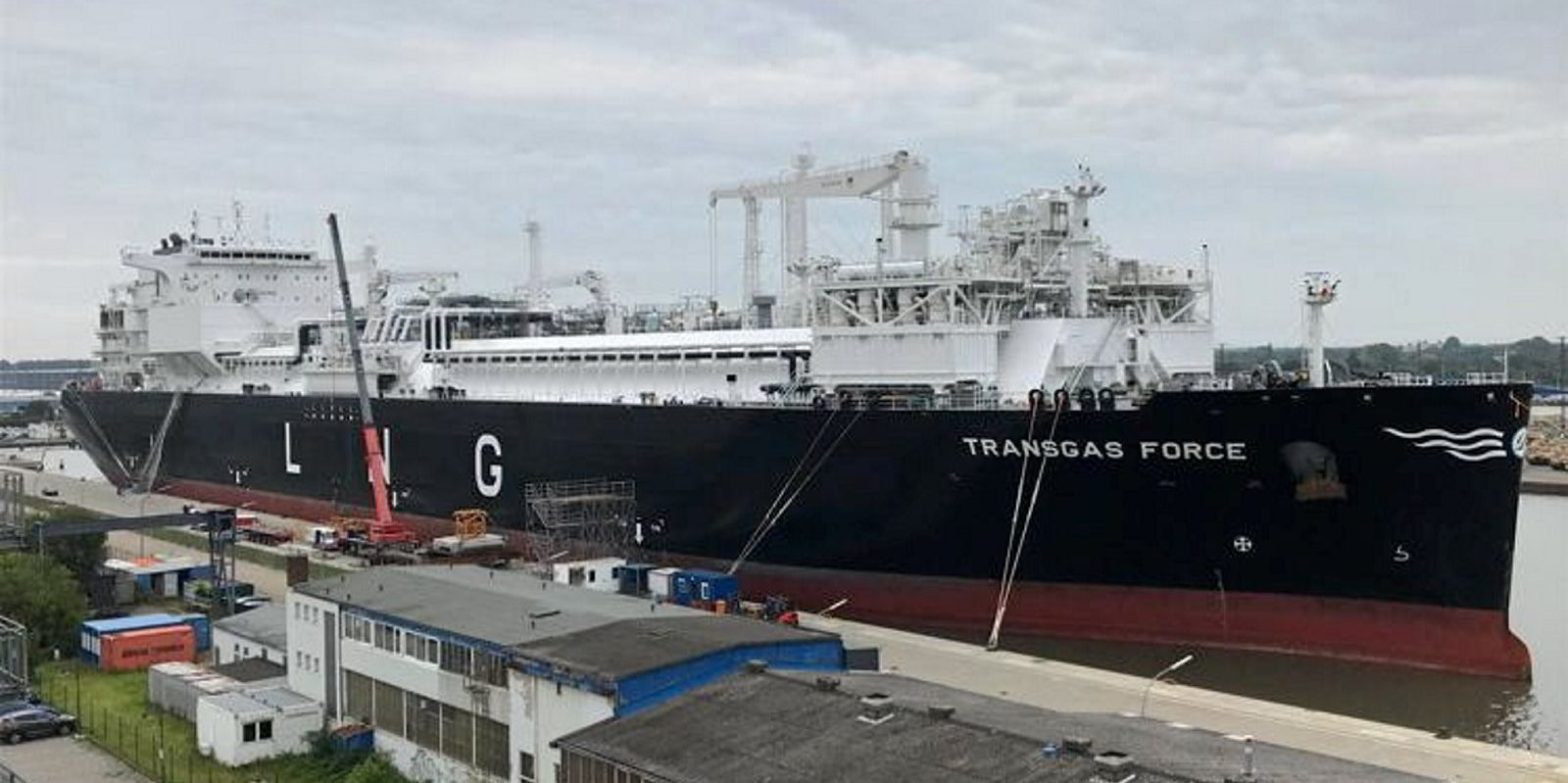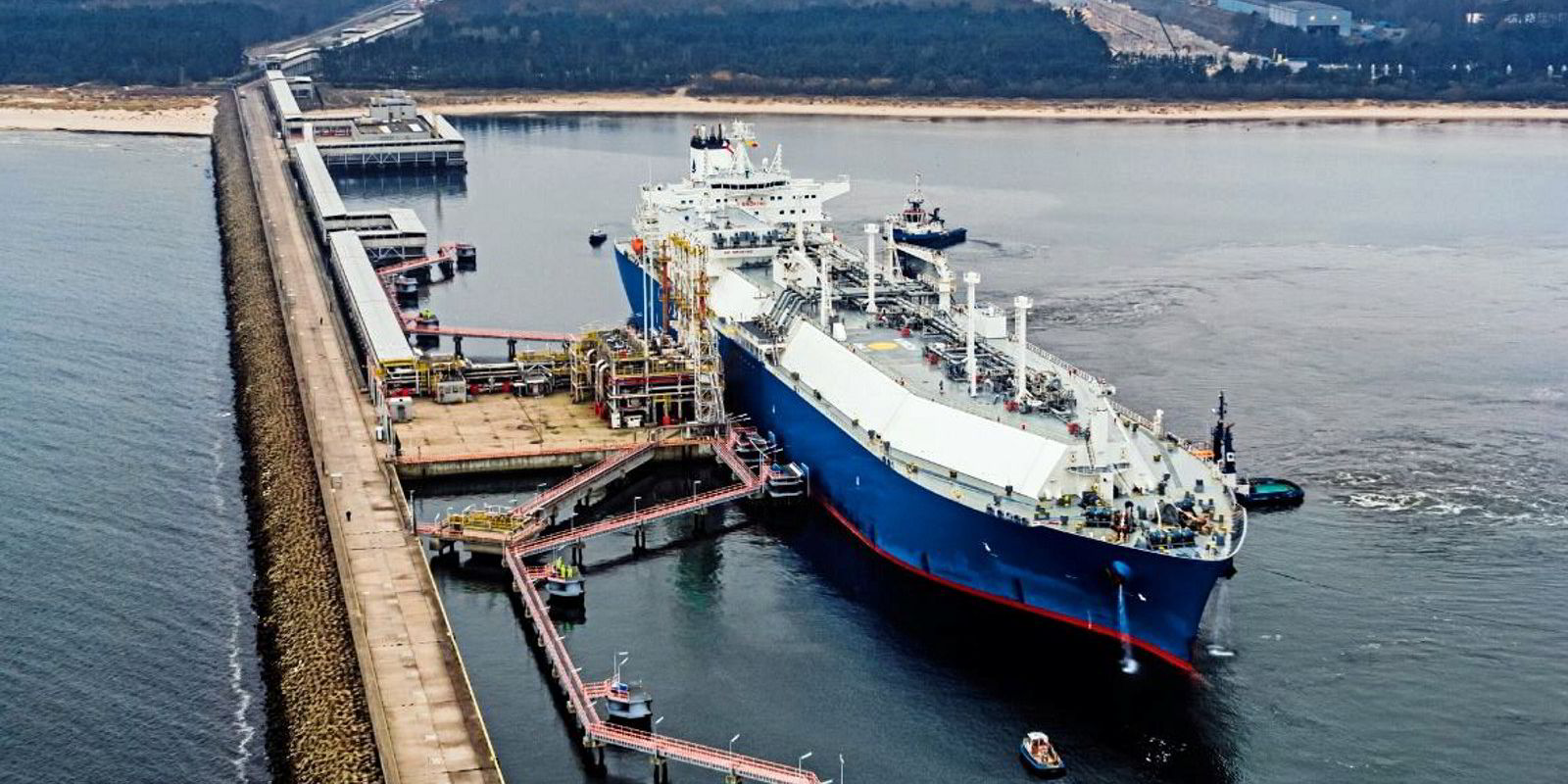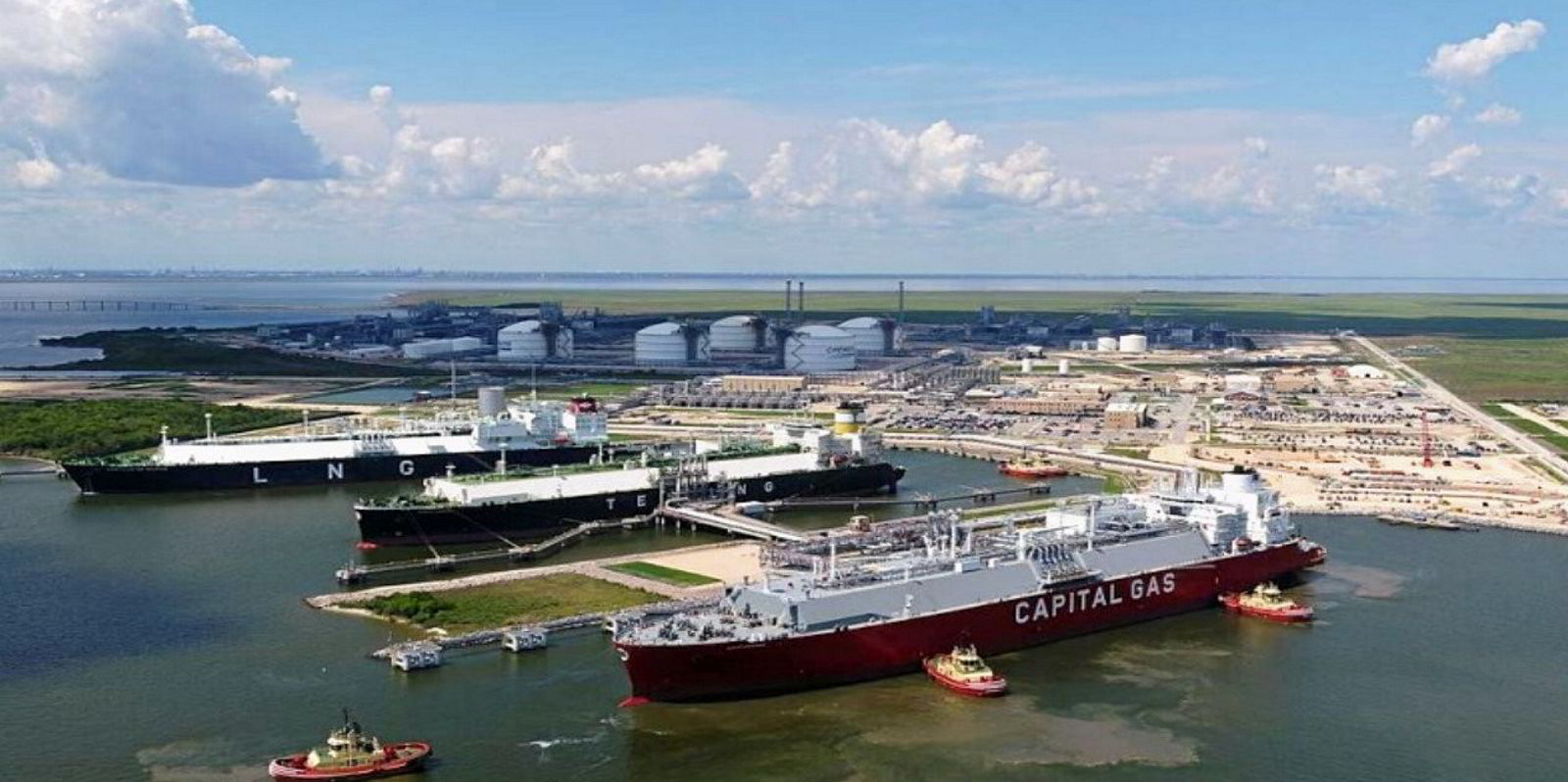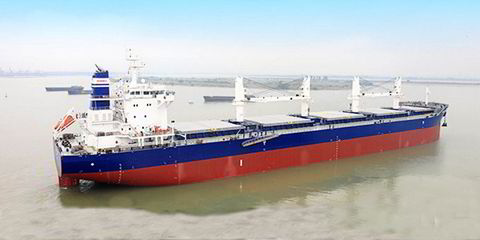It might be the August holiday time for many, but LNG shipping market players are already casting their eyes to the coming winter — traditionally the busiest period for the sector — and how it might play out.
The market in 2022 went wild, with energy security in Europe at the top of the agenda with the cessation of Russian pipeline gas, the region gobbling up US cargoes and charter rates topping the $400,000-per-day mark.
To date, 2023 has had a more controlled feel about it.
Gas storage in Europe is high and is expected to hit its required 90% level well before the 1 November deadline.
Asian LNG buying — which can bump up tonne-miles and soak up tonnage — while reviving, has not been at some of the higher levels originally forecast.
The past week was seen as one of the quietest for LNG carrier fixing this year, with not a single fixture concluded in the Atlantic basin, just one steamship tied up in the Pacific region and fresh relet vessel positions emerging.
After 2022’s rate-fest, charterers are widely seen to have moved early and stocked up on LNG carriers, creating a market of relets where all the main portfolio players and traders are holding the tonnage.
The contrast with the action seen last year is striking.
Shipbroker Simpson Spence Young’s figures show that well over 350 LNG fixtures were concluded in the first nine months of 2022.
At this point — around halfway through the third quarter — in 2023 just over 200 have been done.
The volume is way down, SSY pointed out.
But while the number of LNG fixtures might be fewer this year, charter rates have stayed relatively strong, if flat in recent weeks.
There are odd vessels available from independent owners. Brokers quote a Cool Company ship as open in late September with another from Alpha Gas in January.
The current perception is of a market that is long on LNG shipping, one said.
What are the positives?
On the plus side, market players said there are reasons why there is room to be positive about this winter.
They point to the LNG market being sensitive to shocks now, commenting that the picture could flip quickly, albeit perhaps not to the sharp price spikes seen in late 2022.
Several have pointed to the talk of strikes hitting Australian LNG production, which sent prices up. Shipbroker Howe Robinson Partners said this evidenced the “jittery state of the market which will move rapidly on anything which could potentially disrupt supplies”.
It has been widely commented on that the milder-than-expected winter of 2022 to some extent helped save Europe, which could have ended up short of gas.
Poten & Partners is forecasting slightly lower levels of gas storage for the continent in 2024, based on what it described as “a normal winter” for the coming 2023 season. But in this El Nino year, the prospect of a colder snap would likely increase demand on LNG shipping.
Floating headaches
Brokers said multi-month discussions are taking place for winter coverage from September through January.
Some charterers are already considering their options for floating storage, one reports, although this now comes with fresh headaches over the effects on the Carbon Intensity Indicator measures for those LNG carriers used.
If the commodity market improves, the relet vessels can disappear very quickly, another commented.
Freight rate estimates are rising. On Friday, the Baltic Exchange slapped another $12,735 per day on its route from the US Gulf to Japan, pushing this to $129,656 daily, while the US to UK rose over $10,000 per day to a daily rate of $91,676.
But until physical spot rates start to move, brokers said those with open tonnage are not prepared to lock it away on term business just yet.
As a fourth floating storage and regasification unit for the German government, Dynagas’ 174,000-cbm Transgas Force (built 2021) arrived in Bremerhaven this month to serve the Hanseatic Energy Hub in Stade, there is a sense of greater preparedness in the LNG market for the coming winter.
“I think the market will be softer than usual,” one LNG shipowner said. “Europe is not panicking.”
Let’s see.








